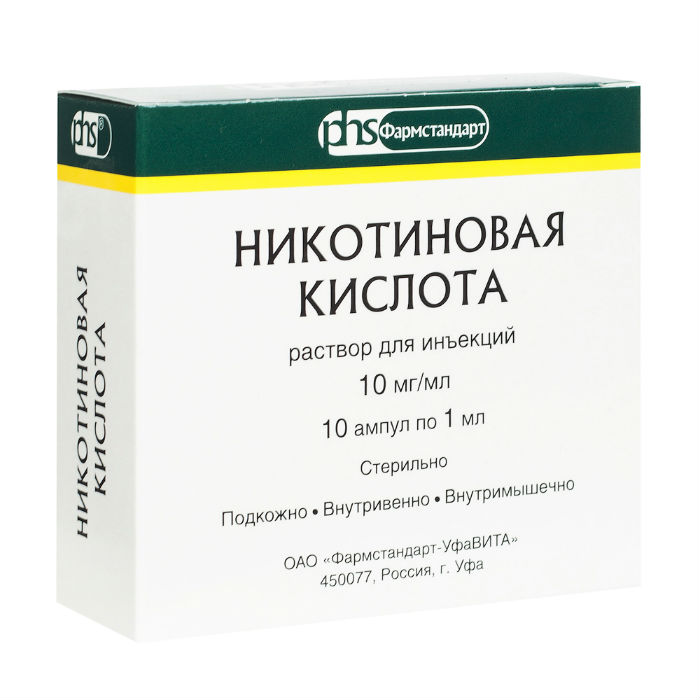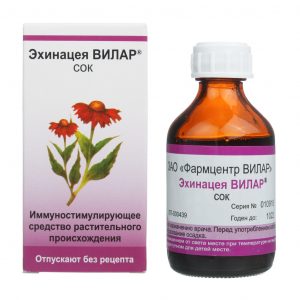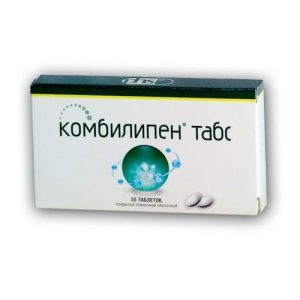Description
Release form
Injectable ampoule solutions
Pharmacological action
Nicotinic acid is a specific antipellagric agent.
It has a pronounced short vasodilating effect, improves carbohydrate and nitrogen metabolism, has hypolipidemic activity, lowers total cholesterol, low density lipoproteins, triglycerides, increases high density lipoproteins, improves microcirculation.
In the body, nicotinic acid is converted into nicotinamide, which binds to the coenzymes of codehydrase I and codehydrase II (NAD and NADP), which carry hydrogen, and are involved in the metabolism of fats, proteins, amino acids, purines, tissue respiration, glycogenolysis, synthetic processes.
Replenishes the deficiency of vitamin PP (vitamin B3), being a specific anti-pellagric remedy.
Has a vasodilating effect at the level of small vessels (including the brain), improves microcirculation, has a weak anticoagulant effect (increases fibrinolytic activity of the blood).
Indications
– hypovitaminosis PP, vitamin deficiency PP (pellagra)
– vascular spasms of the extremities
– as part of combination therapy for ischemic stroke
– obliterating diseases of the limb vessels (obliterating diabetes and mild illness including its complications (diabetic polyneuropathy, microangiopathy)
– Hartnup disease (a hereditary disease accompanied by impaired absorption of certain amino acids, including tryptophan).
Contraindications
Atherosclerosis, hypersensitivity to nicotinic acid, peptic ulcer of the stomach and duodenum (in the acute stage), gout, hyperuricemia, hepatitis, cirrhosis, decompensated diabetes mellitus.
Precautions: hemorrhage, glaucoma, hyperacid gastritis, gastric and duodenal ulcer (outside the stage of exacerbation), arterial hypotension, pregnancy, lactation, childhood.
Special instructions
To prevent liver complications, it is recommended to include foods rich in methionine (cottage cheese) in the diet, or use methionine, lipoic acid and other lipotropic drugs.
Taking into account the injection route of administration of the drug, side effects, there is no need for use during pregnancy.
Composition
Active ingredient: nicotinic acid – 10 mg.
Excipients: sodium bicarbonate – 7 mg, water for injection – up to 1 ml.
Dosage and administration of
In pellagra, adults are given parenterally (intravenously, intramuscularly or subcutaneously) 1 ml 1% (10 mg) 2-3 times a day for 10-15 days.
In an ischemic stroke, 10 mg of solution is slowly injected intravenously.
For other indications, 10 mg 1-2 times a day for 10-15 days.
Highest doses for adults: single – 100 mg, daily – 300 mg.
Hartnup disease 40-200 mg per day.
Side effects of
After intravenous administration rarely: allergic reactions (skin rash, skin itching, stridor respiration, urticaria).
Paresthesia, dizziness, sensation of a rush of blood to the scalp, flushing of the face and upper body, orthostatic hypotension, collapse, sensation of heat, headache. As a rule, these effects disappear on their own. With rapid intravenous administration, a significant decrease in blood pressure, dizziness is possible.
With prolonged use – fatty liver, hyperuricemia, decreased glucose tolerance, asthenia, increased activity in the blood of aspartate aminotransferase, lactate dehydrogenase, alkaline phosphatase.
Subcutaneous and intramuscular injections are painful.
Drug Interactions
When used together with sulfonylureas, it can increase blood glucose. When administered with lovastatin increases the risk of developing myopathy.
Caution must be exercised when combined with antihypertensive agents, anticoagulants, and ascorbic acid.
Reduces the toxicity of neomycin and prevents its decrease in the concentration of cholesterol and high density lipoproteins.
Storage conditions
Protected from light, at a temperature not exceeding 25 ° С.
Expiration
5 years
Deystvuyuschee substances
Nykotynovaya acid
dosage form
injection



